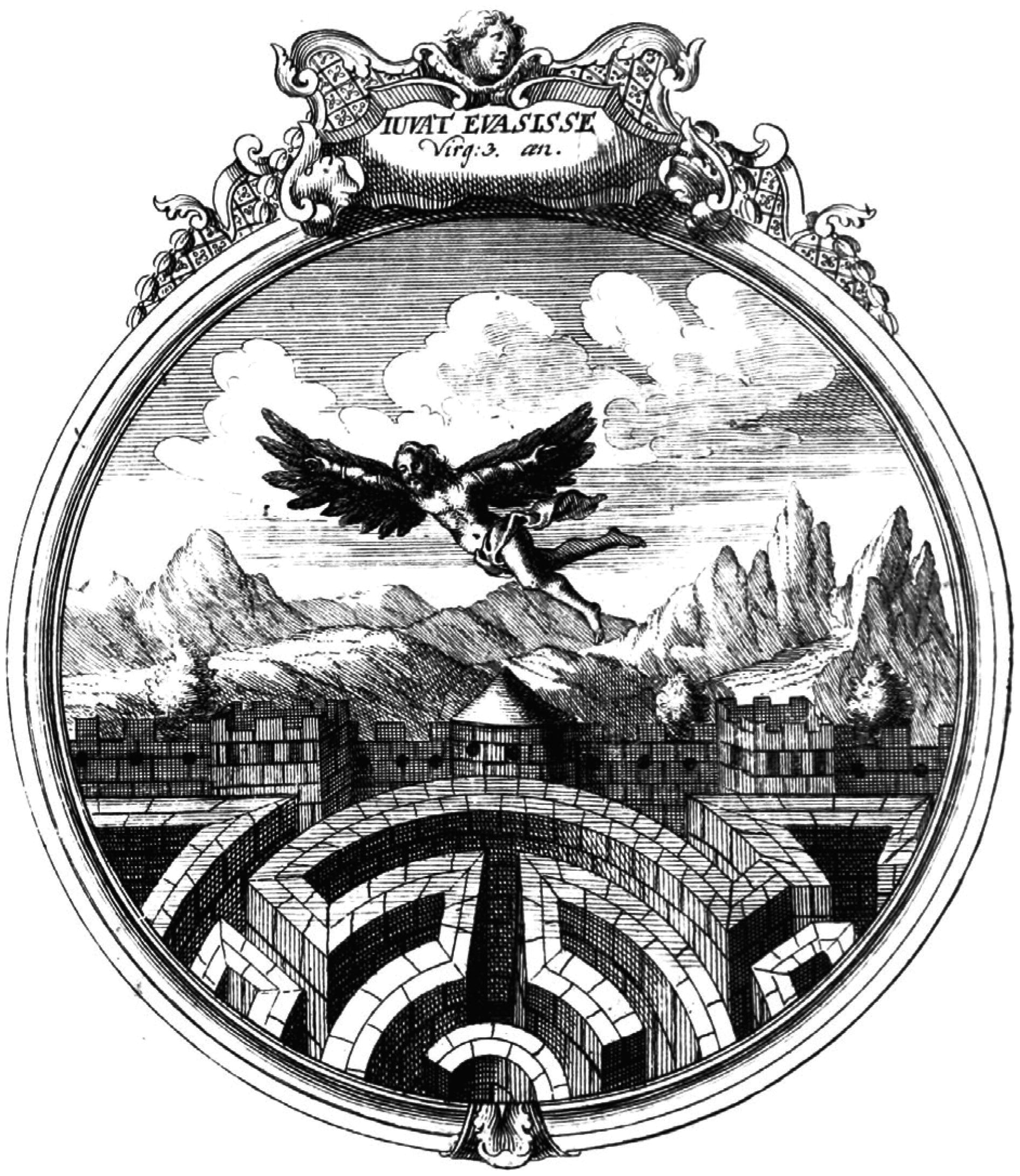
In a now famous scene from the Americanized television show The Office, manager Michael Scott adopts a persona named “Prison Mike” to scare his employees straight. Prison Mike’s description of carceral life, largely adapted from film and television tropes, makes predictable references to gruel-as-food and sexual assault in the shower. He even dons a bandana and changes his speech patterns to fit certain stereotypes. Eventually, Prison Mike’s cautionary tale fizzles into fantasy as he describes “Dementors”—from the popular Harry Potter series—flying around, keeping guard. Any doubt whether Michael Scott’s perceptions were shaped by popular media vanished with these children’s book references. The prison is deeply ingrained in his imagination. This phenomenon, dubbed by scholars as the “carceral imaginary,” is not new; it has evolved over centuries of storytelling traditions and literary allusions from ancient myths to television shows. From Greek myths and fairy tales to Michel Foucault’s polemics on biopolitics, the carceral state exists as both a physical spatial mechanism and an imaginary site. Thus, any pedagogy that seeks to unpack the carceral state’s contemporary conditions must do so acknowledging this feedback loop.
Continue reading:





